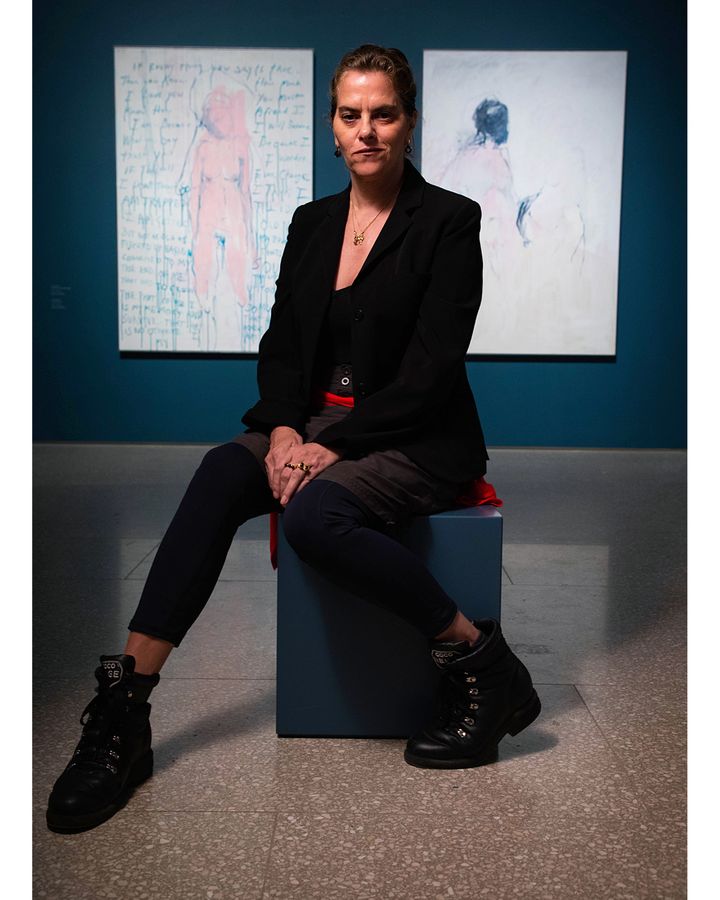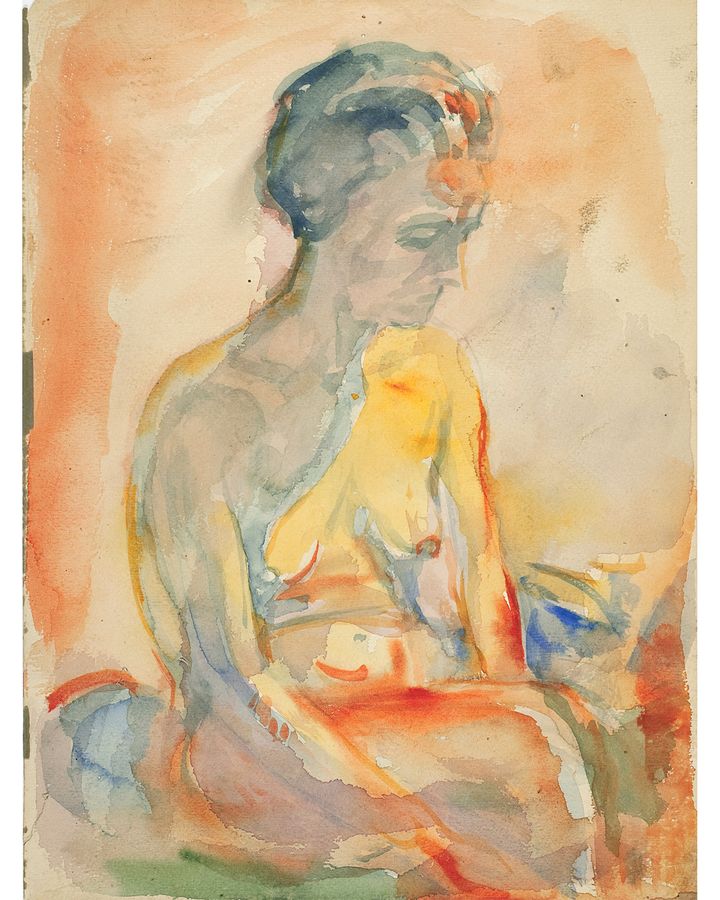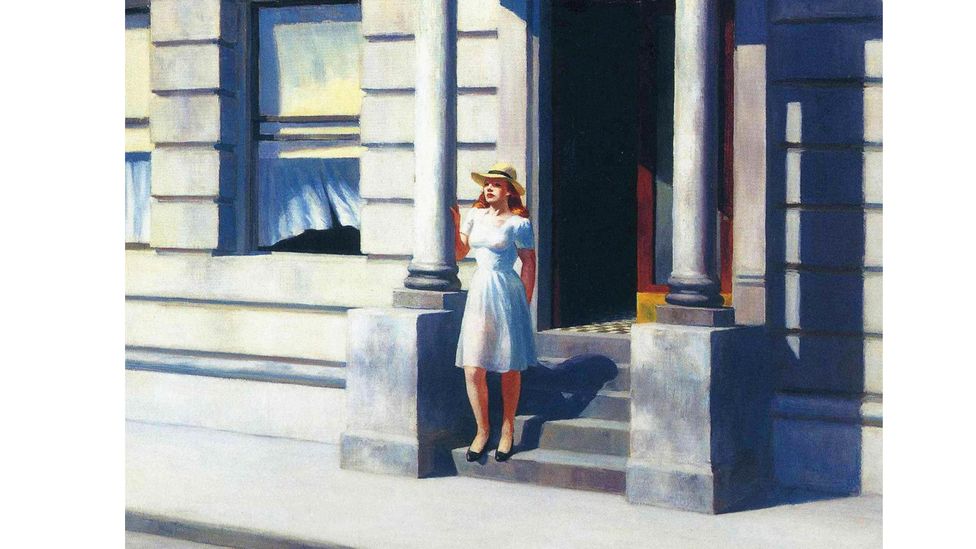dogol.indah.link
Frank Phillips, the owner of a handful of coffee franchises based in Paulding, Georgia, says he once received 200 job applications when opening a new location. For his most recent opening in March, he had 35.
One factor he blames is the unemployment benefits that laid-off workers have been collecting during the pandemic, sweetened with a top-up from the federal government that currently adds $300 a week to cheques they receive from states.
“There is too much competition in the market when the federal government plays in that playground,” Phillips says. “We have to get the federal government out of the way so we can do business.”
As states lurch out of lockdown and the economy revs up, businesses, especially those in the leisure and hospitality business, have reported they cannot find enough workers to meet surging demand.
Some larger companies including Walmart, McDonald’s and Chipotle have tried to lure workers with incentives such as hiring bonuses and raised wages, while some smaller business owners say they have been forced to fill extra shifts themselves or reduce operations.
Some fear that a shortage of willing workers could stall businesses’ recovery from the pandemic and benefit from booming demand. Conservatives say the Biden administration’s extension of a $300-a-week top-up of states’ existing unemployment insurance benefits until September may have incentivised some workers to stay at home instead of looking for new work.
Their concerns were amplified by an unexpected stall in job creation in April, despite employers reporting a record number of job openings to the Bureau of Labor Statistics.
There are folks that are earning more on unemployment than if they took a job, but I think it’s a gamble to assume that is the sole reason some businesses are having trouble hiring
The Covid crisis forced the federal government to dramatically expand its safety net, from managing the rollout of vaccines to spending trillions of dollars on stimulus. Republicans say it is time to dial back, starting with unemployment insurance.
In an attempt to push people back into the workforce, more than 20 Republican governors have moved to eliminate federal top-ups to their state’s unemployment insurance schemes ahead of their expiration.
More than half of Americans support cutting unemployment benefits, a poll by Quinnipiac University found. But workers and labour advocates say what the economy really needs is more safe, higher-paying jobs, and economists say that a focus on unemployment benefits overlooks the real reasons many people have yet to return to the workforce.
A survey of 2,000 people who worked in restaurant kitchens conducted by the staffing firm Mis en Place found that 26 per cent have permanently left the industry. Some mentioned long hours and relatively low pay.
A third of the workers surveyed by Mise en Place said they planned to return but had not yet for various reasons. Some said they were still looking for the right opportunity or concerned about contracting Covid-19. Only 6 per cent cited unemployment benefits and stimulus cheques.
Researchers at the Federal Reserve Bank of San Francisco last summer found that the federal bonus, then $600, would keep few unemployed workers from accepting a new job. The current $300 top-up benefit is likely to have only a small impact on businesses’ ability to find workers, they found.
It is unclear how successful cutting off the extra benefits will be at getting people back to work, says Josh Bivens, research director at the left-leaning Economic Policy Institute.
“These have become a lot less desirable jobs because of the pandemic,” says Bivens. “If someone has to show up in a pretty crowded restaurant, they might not feel great about that still, and I think that’s pretty rational.”
States where the federal jobless benefits are being cut saw temporary spikes in job searches after the initial announcement, according to the jobs site Indeed. However, that burst in search activity faded after several days.
Activists and some economists say the benefits may only be one of the factors workers consider before taking a job.
“There are folks that are earning more on unemployment than if they took a job, but I think it’s a gamble to assume that is the sole reason some businesses are having trouble hiring,” says AnnElizabeth Konkel, an economist for Indeed. “We are still in a pandemic, workers are still concerned about the public health situation.”
Konkel says that childcare responsibilities are likely to be a bigger factor for women, who account for both a large number of the workers who left the workforce during the pandemic and the staff of leisure and hospitality businesses.
Schools that did return to in-classroom instruction are wrapping up for the summer and other facilities including summer camps and day care centres are operating at lower capacities.
Reports of worker shortages are largely confined to the leisure and hospitality sector, economists say. In other fields such as construction, arts, entertainment and recreation, job seekers still outnumber open positions by two to one, according to BLS data.
The Link Lonk
May 31, 2021 at 05:00PM
https://ift.tt/3uHVety
Jobless benefits become a scapegoat in US back-to-work debate - Financial Times
https://ift.tt/2VuKK1x
Work












/cloudfront-us-east-2.images.arcpublishing.com/reuters/3FVTQEBNL5PW3HIWXNCUXPBN7I.jpg)







